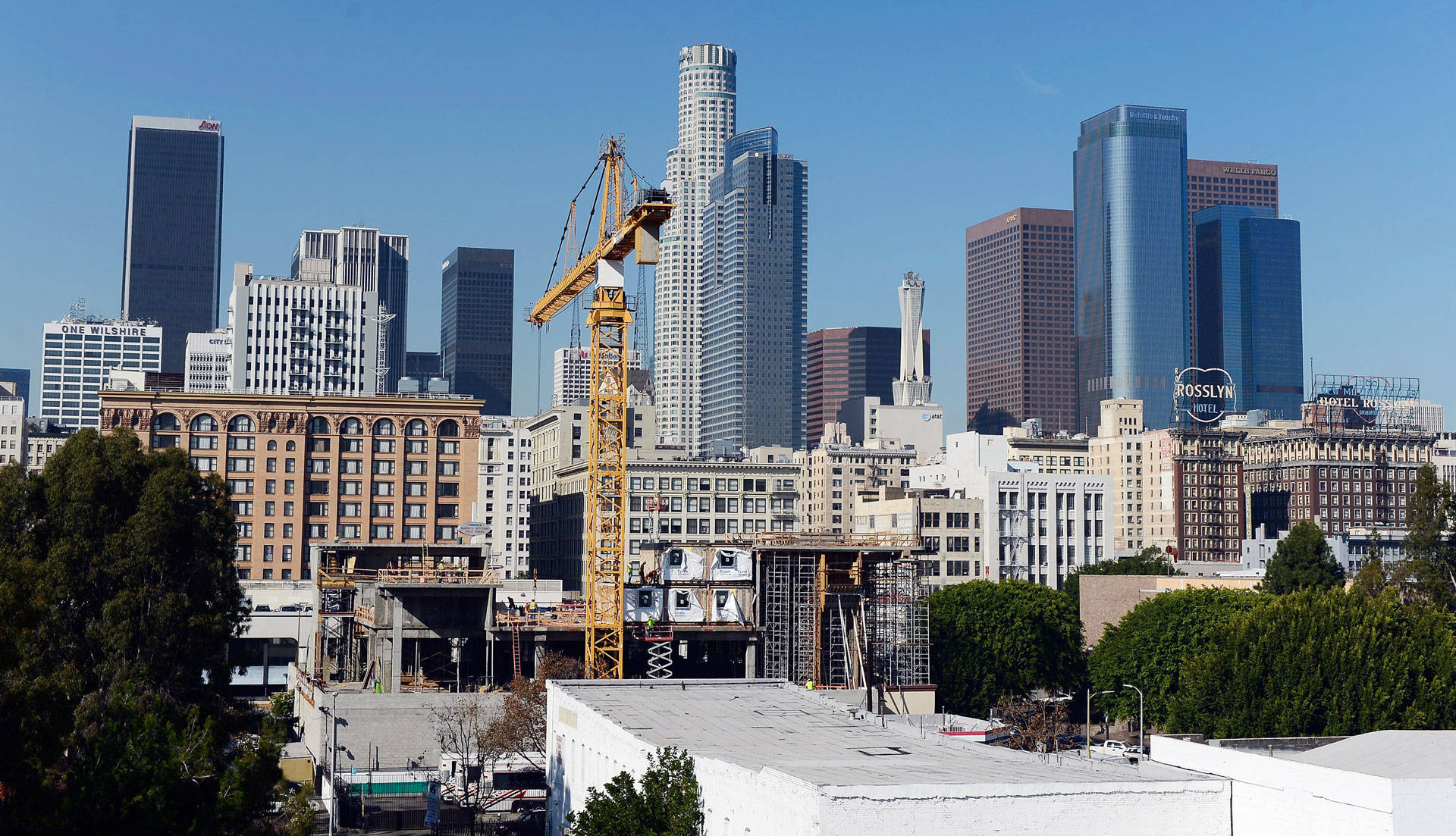One piece of the proposals would focus on including affordable units in market-rate housing developments on unincorporated land. That could take the form of requiring a certain percentage of rentals in a new building go to renters of lower income brackets or a fee paid into an affordable housing fund in lieu of creating affordable units.
The cities of Pasadena, Santa Monica and West Hollywood have a version of inclusionary zoning laws on their books and have some of the larger affordable housing stocks in the county.
Those cities are also known for generally high rents.
"I think if you're honest and you look at the places that already have inclusionary zoning ordinances, they're very unaffordable places," said Tim Piasky with the Building Industry Association's L.A.-Ventura chapter.
Piasky said such a scheme would make building more expensive in L.A. and therefore depress development. He said the county needs policies that make building cheaper and easier, and that inclusionary zoning is too focused on low-income housing instead of developing homes across the income spectrum. Build enough housing, he said, and there will be enough for everyone.
Greenlee disagreed.
"Even if that is true, it would take so, so long until we get to the point where we're housing low-income people," he said.
Piasky prefers another of Kuehl's proposals, one that would eliminate some of the parking requirements for some developments on unincorporated land that goes in near public transit. It would not be limited to low-income housing.
Another proposal, less fleshed out than the others, would look at ways to preserve the county's existing affordable housing stock.
Many, if not all affordable housing developments are built using tax credits that require them to maintain affordable rents for a period. When that period expires, the developments can revert to market rate housing.
At the moment, there are 232 properties consisting of 13,883 affordable units that are set to expire within the next five years, according to the California Housing Partnership Corporation. About 4 percent of them are on unincorporated land.
The county could offer incentives, like remodeling costs, to extend covenants or other incentives to sell the properties to nonprofits that specialize in affordable housing.
Another issue left to tackle for the county is how neighborhoods will receive this new focus on multifamily construction. While the city and county of Los Angeles have put new funds towards building affordable housing, citing such developments -- particularly near schools, jobs and other amenities -- has been difficult.
A recent proposal, a motel conversion on unincorporated land near Temple City, died amidst organized neighborhood opposition.
Kuehl said shortening the permitting process for such developments would not automatically cut down on public input. The county, she said, is looking at increasing neighborhood engagement to effectively demonstrate how such projects can benefit an area, particularly by helping alleviate homelessness.
Should the initial motion pass Tuesday, it could take a year for the county to draft the proposals into ordinances subject to a final vote.


